Personal Best
Mammoth Australia, $12.95 pb, 240 pp
Sporting Tales
I appreciate the irony. I deliberately used the title Personal Best for anthologies I once edited (1989, 1991) as a way of saying that there are personal achievements outside the world of sport, and now I am being asked to review an anthology titled Personal Best which is a collection of stories about sport (for young adult readers).
The book under review is a theme anthology and it’s worth examining how anthologies have evolved in Australia. There was a time when few were published. Most were overview collections of classic stories by famous writers – as determined by the editor – and saw themselves as being representative of short story writing here. In the 1960s and 1970s various factors emerged to challenge this – a vigorous little-magazine culture; the influence of critics and teachers like Don Anderson; the publication of landmark collections by innovative writers; Literature Board encouragement; the liberalisation of censorship laws – so that, by the 1980s, anthologies were less inclined to restate the canon and more inclined to publish contemporary writers, new stories, and new forms of writing.
Now, in the 1990s, we have the theme anthology, a collection of stories suggested by anything from a painting to a place, a season, an emotion, a condition, or an activity. There has also been a significant editing shift: where editors once scoured various publications for published stories, they now commission new stories, offering fees that are much higher than those offered by the little magazines, the traditional home of short stories. In an atmosphere where little magazines are declining, few firms are publishing collections by individuals, there are no popular outlets for short stories, and no outlets for the long story, and established authors can’t afford to write short stories on spec but only if commissioned, the theme anthology has taken on a central if skewed role in Australian short story writing.
There are obvious pitfalls for an editor. A theme is self-limiting by nature (though writers’ imaginations may not be); lazy writers are inclined to submit slightly reworked versions of their bottom-drawer stories, and some nerve is required to reject a story once it’s been commissioned.
In all other respects, a theme anthology is like any anthology. It will offer good writing mixed with the bad, introduce us to writers whose other work we may wish to read, while away time in a classroom or on a train, and establish new canons or sub-canons.
Anthologies are also common in children’s books, but in one important respect they are breaking new ground: they take it for granted that Australia and New Zealand are neighbours. Like Crossing (Agnes Nieuwenhuizen and Tessa Duder, 1995), Personal Best is a collection of stories by Australian and New Zealand writers. One might suggest that marketing decisions drove the make-up of these books, if it were not for the many other instances of Australia/New Zealand co-operation in the field of writing for children. There is often a strong contingent of New Zealand children’s writers at our writers’ festivals, for example, and Viewpoint magazine always gives equal consideration to Australian and New Zealand children’s books.
According to the introduction in Personal Best, the editors asked for ‘stories about kids involved in some sporting activity’, suggesting ‘some element’ of the main characters learning … something about themselves … Maybe, in the process, growing up a little’.
It’s not surprising, then, that there is a certain likeness to the stories, a sense of self-deprecating loner or misfit teenagers finding a measure of courage or achievement. In other words, the editors could just as easily have asked for stories about ‘leaving home’ if empowerment and the getting of wisdom – the common and predictable themes in children’s fiction-are the point of them. This is disappointing when we consider the significance of sport in contemporary life. So many of sport’s negative aspects – bullying, hero-worship, the lure of big bucks, the hype – affect teenagers more than anyone else. Indeed, the editors allude to these wider implications in their introduction. I realise that I’m asking for a different book when I should be reviewing the one to hand, but I did wonder: Why sport?
That said, there are some very fine stories in Personal Best (the New Zealand contributions generally better than the Australian). Although several strain for a comic effect, end too conveniently or miss opportunities, the best among them, like Martin Baynton’s ‘Leap of Faith’, Tessa Duder’s ‘Freddie Bone’, and Janice Marriott’s ‘Good Hands’, offer the density and complexity that we demand of good short fiction. Baynton’s story is also beautifully written, and Duder’s funny and moving. Christine Harris’ story, about a spina bifida athlete and his unwilling community-service-order assistant, is finely judged. Diana Noonan’s ‘Somewhere Dangerous’, with its appealing main character, natural dialogue, and vivid scene-setting, is the most satisfying story in this (mostly) satisfying book.




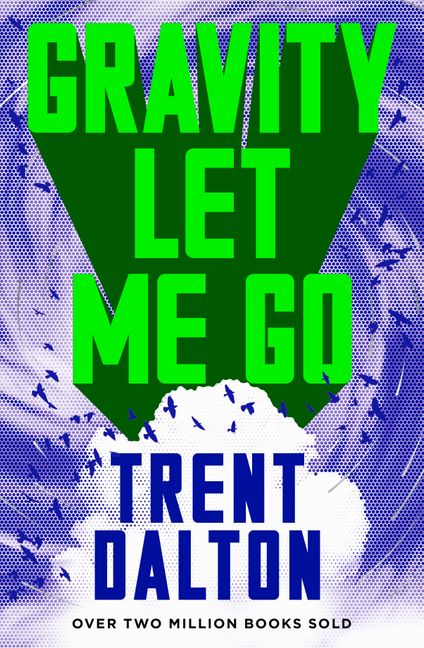
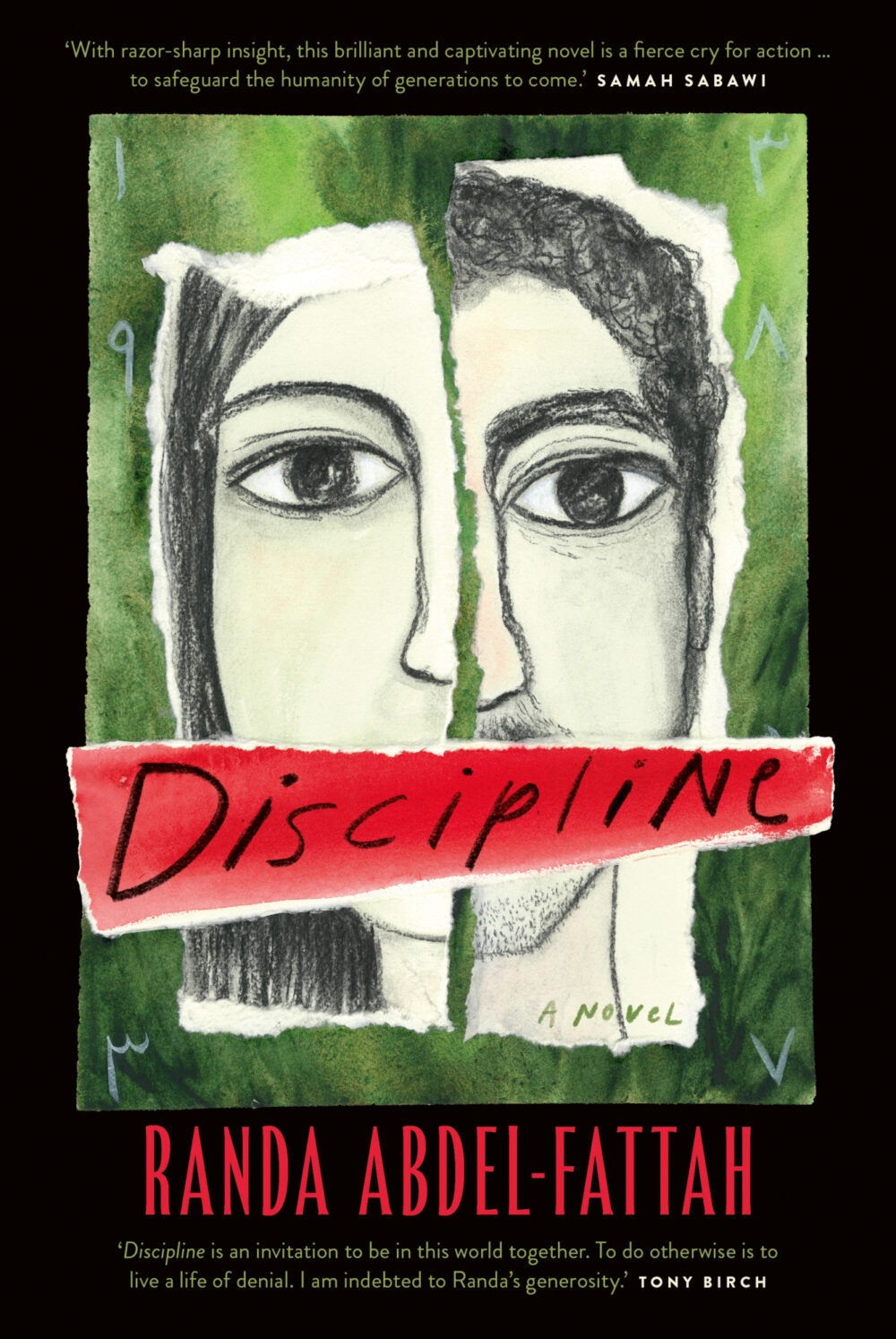
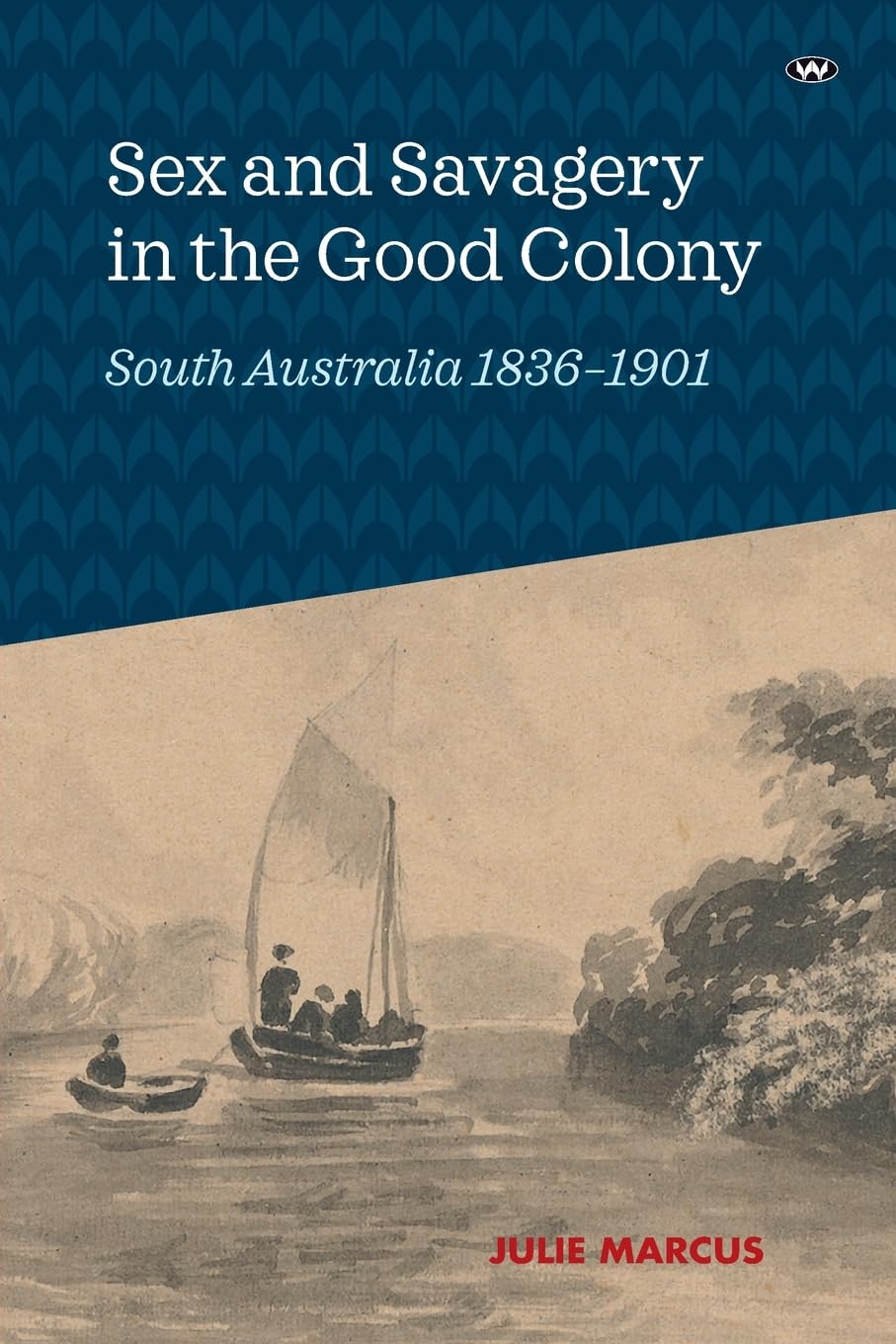
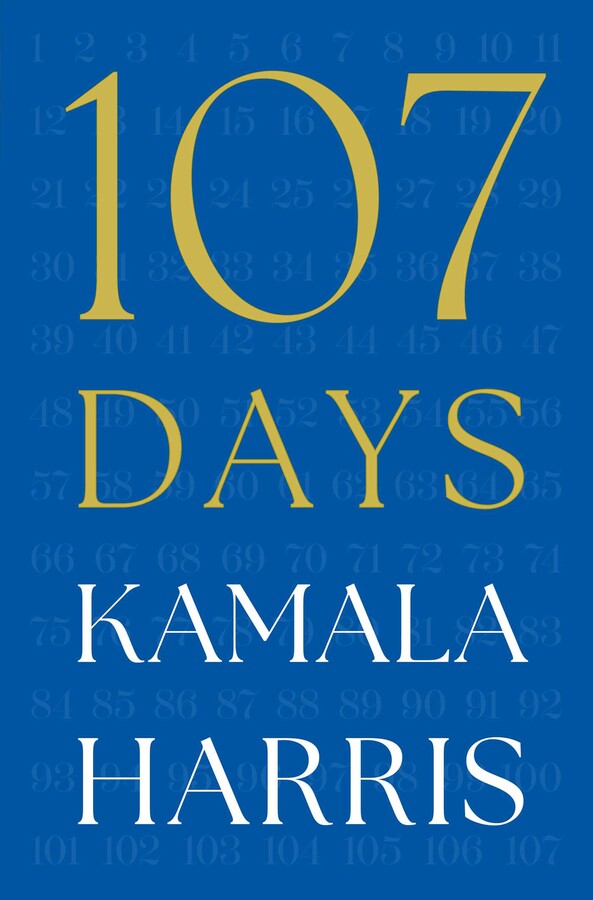

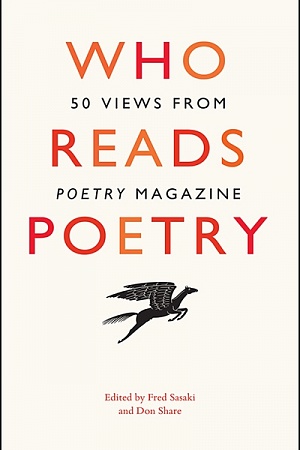
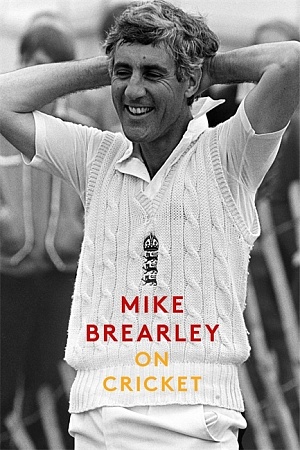
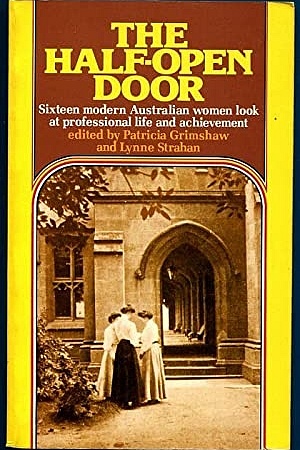
Leave a comment
If you are an ABR subscriber, you will need to sign in to post a comment.
If you have forgotten your sign in details, or if you receive an error message when trying to submit your comment, please email your comment (and the name of the article to which it relates) to ABR Comments. We will review your comment and, subject to approval, we will post it under your name.
Please note that all comments must be approved by ABR and comply with our Terms & Conditions.